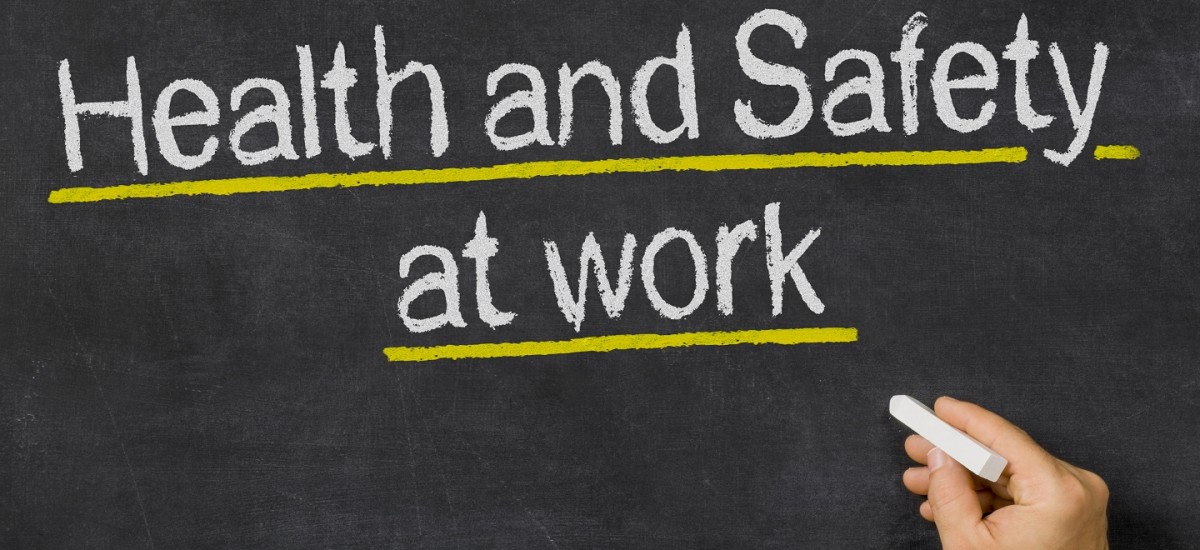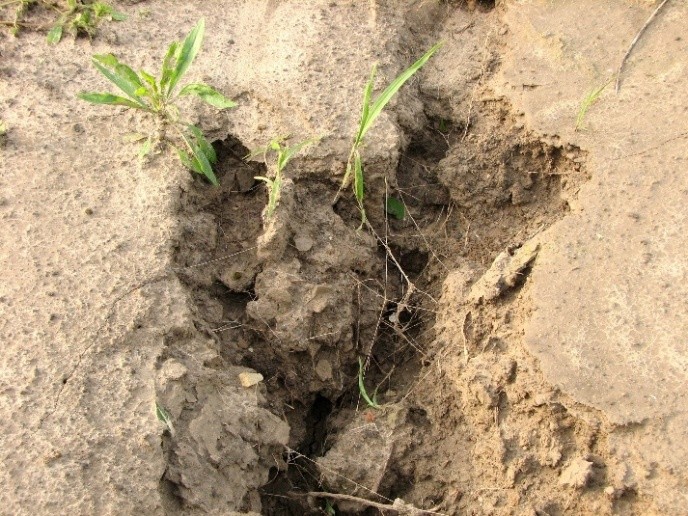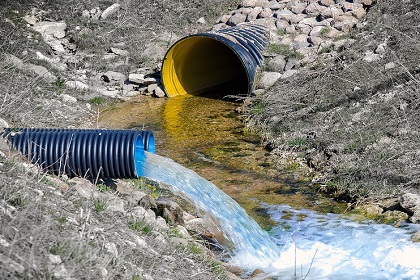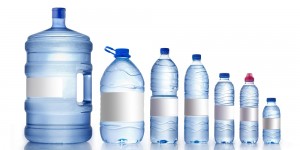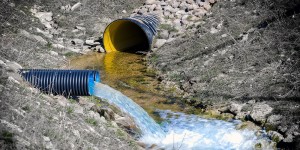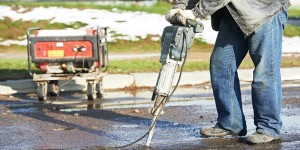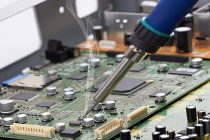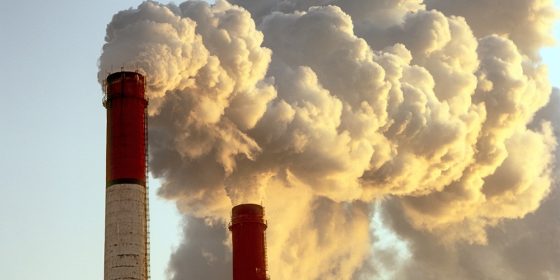Waste electrical and electronic equipment (WEEE) is now one of the fastest growing categories of waste. The RoHS Directive aims to prevent the risks posed to human health and the environment related to the management of electronic and electrical waste.
• Restricted Heavy Metals Test
• Restricted Organic Compound Test
• Flame Retardant Test
• Phthalates Test
• Halogen-Free Test
E.g. Plastics, Polymer Materials, Packaging Materials, Metallic Materials, Alloys, Stainless Steel, Natural Rubbers, Fibers, Precious Metals, Coatings, Plating Solution, Inks, Electrotechnical Products, etc.
Technical Specifications
|
RoHS test parameters include, but are not limited to:
|
|
• Mercury
• Lead
• Cadmium
• Hexavalent chromium
• Mechanical sampling
|
• Polybrominated biphenyl (PBB)
• Polybrominated diphenyl ether (PBDE)
• Phthalates (DIBP, DBP, BBP, DEHP) |
Halogen-Free test parameters include, but are not limited to:
|
As per IEC 61249-2-21
• Chlorinated compounds as chloride
• Brominated compounds as bromide |
Additional Parameters
• Fluorinated compounds as fluoride
• Iodated compounds as iodide
• Sulphonated compounds as sulphate |
| Flame Retardant test parameters include, but are not limited to: |
• Antimony Trioxide (as Sb)
• Red Phosphorus (as P)
• Hexabromocyclododecane (HBCDD) (semi-quantitative) |
• Perfluorooctane Sulfonates (PFOS) & Perfluorooctanoic Acid (PFOA) |
| Phthalates test parameters include, but are not limited to: |
• Phthalate compounds – DBP, DIBP, BBP, DEHP, DNOP, DINP and DIDP
(semi-quantitative/quantitative) |
| Contact Details |
Mr Chiok Kian Soon
+65 6671 9215 |
Ms Yeo Chung Loo
+65 6671 9215 |

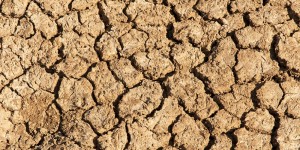
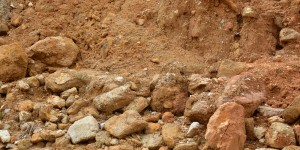
It is vital to emphasise the importance of toxicity and leachate tests in the identification of toxic substances in dredged soil/sludge and industrial waste. Such substances pose a grave threat to ecosystems, wildlife, and human health through soil, water, and air contamination.
• Toxicity Tests on Dredged Soil/Sludge for Disposal
MPA – General Guidelines on The Requirements for Application on Dredging and Dumping Works
• Leachate Tests on Industrial Waste for Land Filled Disposal
Leaching Test – Recommended Acceptance Criteria for Suitability of Industrial Wastes for Landfill Disposal
• Planting Soil/Soil Mixture
NParks’ Approved Soil Mix Specifications (CUGE Standards CS A03:2013)
NParks’ Sufficiency Range for Soil / Soil Mix
Technical Specifications
| Dredged Soil/Sludge test parameters include, but are not limited to: |
- • Arsenic
- • Barium
- • Cobalt
- • Copper
- • Cadmium
- • Chromium
|
- • Lead
- • Mercury
- • Molybdenum
- • Nickel
- • Zinc
• Selenium
|
- • Volatile organic compounds (VOCs)*
- • Cyanide-free / Cyanide complex / Thiocyanates (total)
|
*Please refer to our Schedule for Environmental Field of Testing for the list of Volatile organic compounds (VOCs)
| Planting Soil/Soil Mixture test parameters include, but are not limited to: |
-
- pH
- Electrical Conductivity
- Organic Matter
- Cation Exchange capacity
|
-
- C:N Ratio
- Bulk Density
- Permeability
- Total Nitrogen
|
-
- Micronutrient
- Heavy Metal Concentration
- Organic Contaminants
- Faecal coliforms, etc
|
| Industrial Waste test parameters include, but are not limited to: |
• Arsenic
• Barium
• Cadmium
• Chromium
• Copper
• Cyanide (total) |
• Fluoride
• Iron
• Lead
• Manganese
• Mercury |
• Nickel
• Phenolic compounds (as phenol)
• Selenium
• Silver
• Zinc |
Contact Details
|
| Mr Phang Ken Aun
+65 6671 9213
|
Mr Charles Chin
+65 6671 9210 |
Mr Gideon Ngo
+65 6671 9218
|

